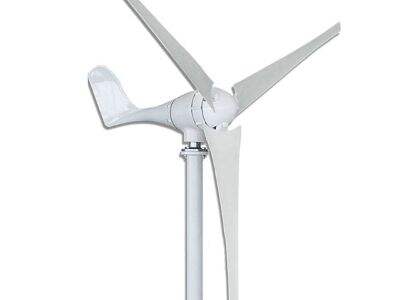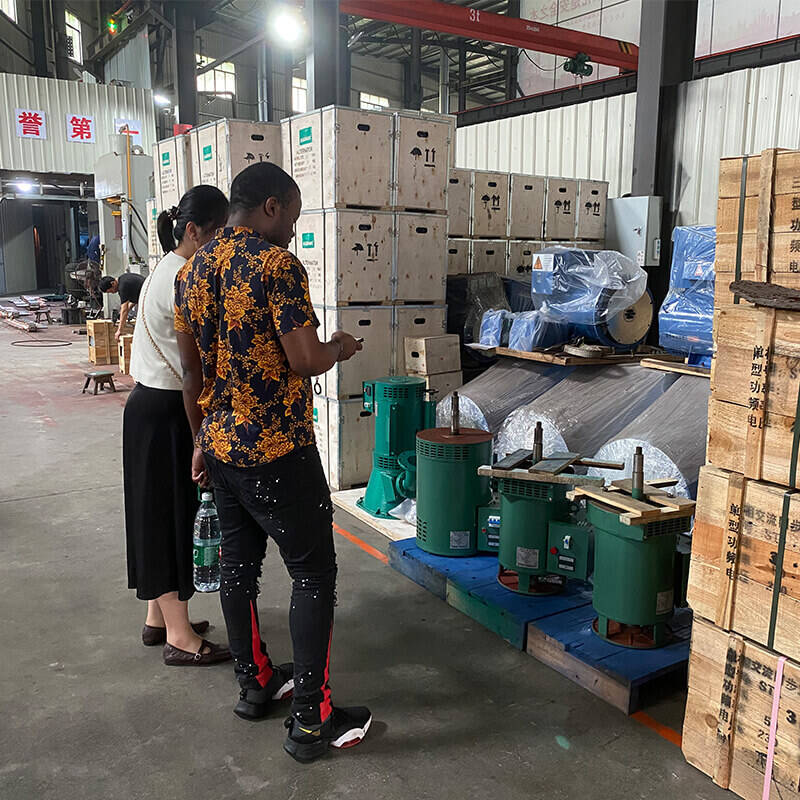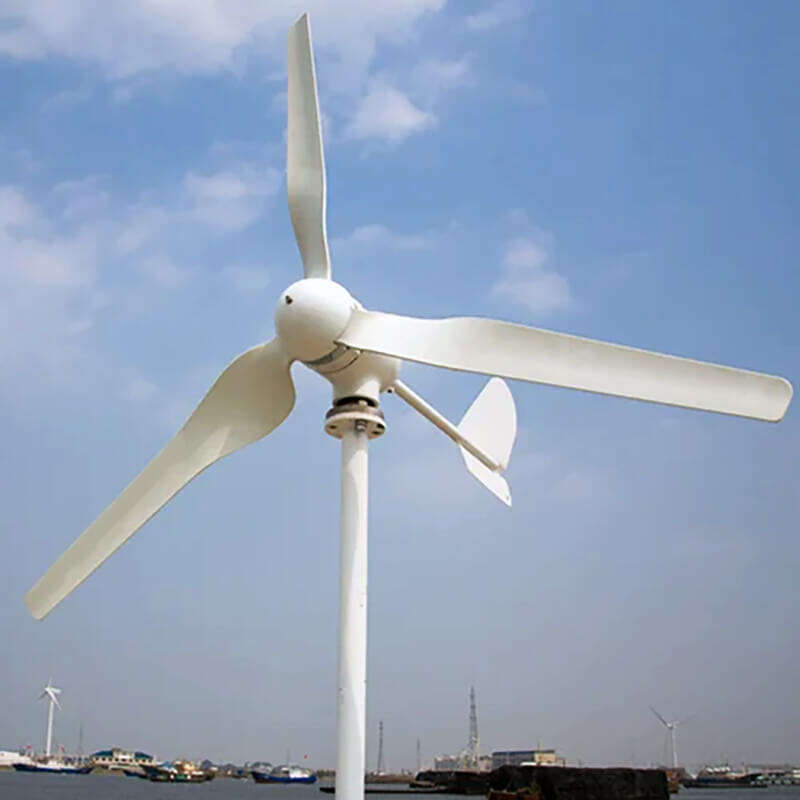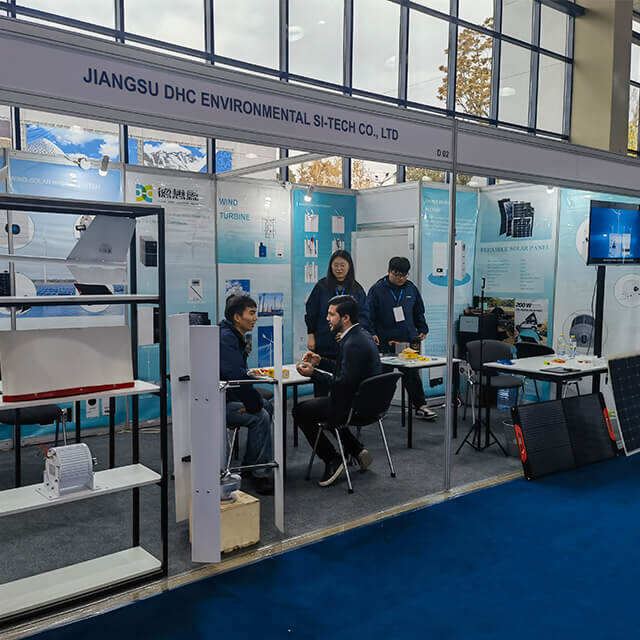Wind Turbines Wind turbines are like large fans that spin to produce electricity. You do realize there are various types of wind turbines? Today we will read and learn about horizontal axis wind turbines and vertical axis wind turbines to see how they work and what the difference is between them and which one is better for producing renewable energy. Let's get started.
How Horizontal and Vertical Turbines Operate
Horizontal wind turbines are those with blades that resemble an airplane’s propellers. They’re mounted on a tall tower and are excellent at capturing wind from one direction to produce energy. Blades of that one spin up and down like a merry-go-round, which is characteristic of a vertical wind turbine. They can catch wind from any direction, so they are good in places where the wind goes back and forth.
The Designs of Different Kinds of Turbines
The horizontal turbines resemble massive pinwheels atop tall towers. Their blades can rotate extremely fast in response to the wind. Vertical Wind Turbine resemble egg beaters protruding from the ground. Their blades whirl around in a circle, to make them look like great spinning flowers in a breeze.
How They Employ Wind Power in Different Ways
Horizontal turbines harness the wind’s force to turn the blades, which in turn spins a generator to produce electricity. The blades need to be facing the wind in order to operate effectively, and are free to adapt to whichever direction the wind is blowing. Vertical wind turbine operate by having their blades rotate horizontally around the vertical axis due to wind forces.
Maintaining Each Kind of Turbine
Horizontal turbines must be checked constantly to ensure blades are functioning and the tower is strong.They can last a long time with proper upkeep, but may require repairs if damaged in storms. With fewer moving parts, vertical turbines have a simpler structure, which makes them less prone to failure and less expensive to maintain.
The Environmental Impact of Both Turbines
There are several factors that need to be considered in defining the environmental impact of a generator for both of the turbines.
Horizontal and vertical turbines are both green in that they use clean, renewable wind power. Rather than agree on “ better ” or “ worse, ” perhaps we should consider the limitations of horizontal versus vertical turbines when it comes to wind as a resource. Horizontal turbines can be loud and space-hungry, which might not be great for animals and plants in the vicinity. But they are cheaper to build than vertical axis wind turbines and produce electricity more efficiently. Vertical turbines are also quieter and more compact, and therefore may be more suited for wildlife and environmental preservation. Both types of turbines are important both for generating renewable energy and protecting our planet.







